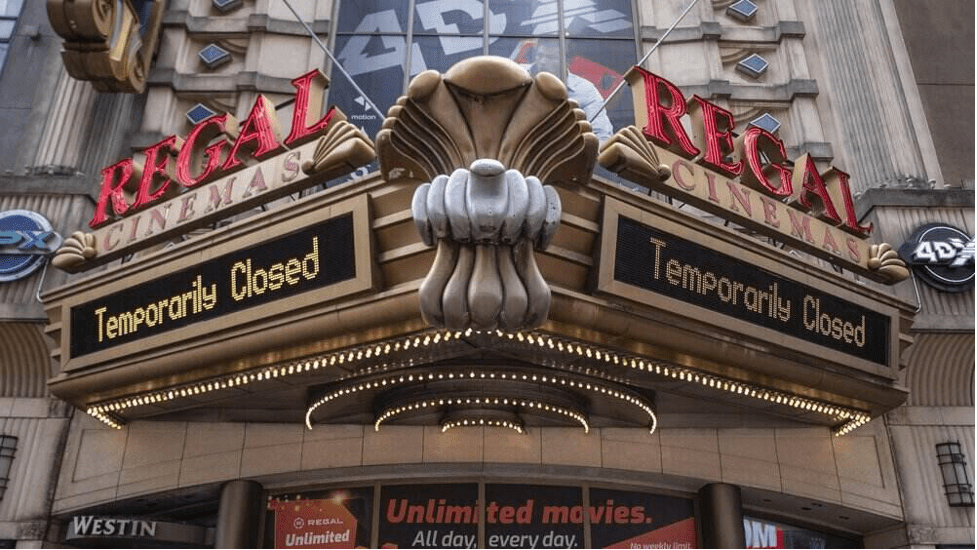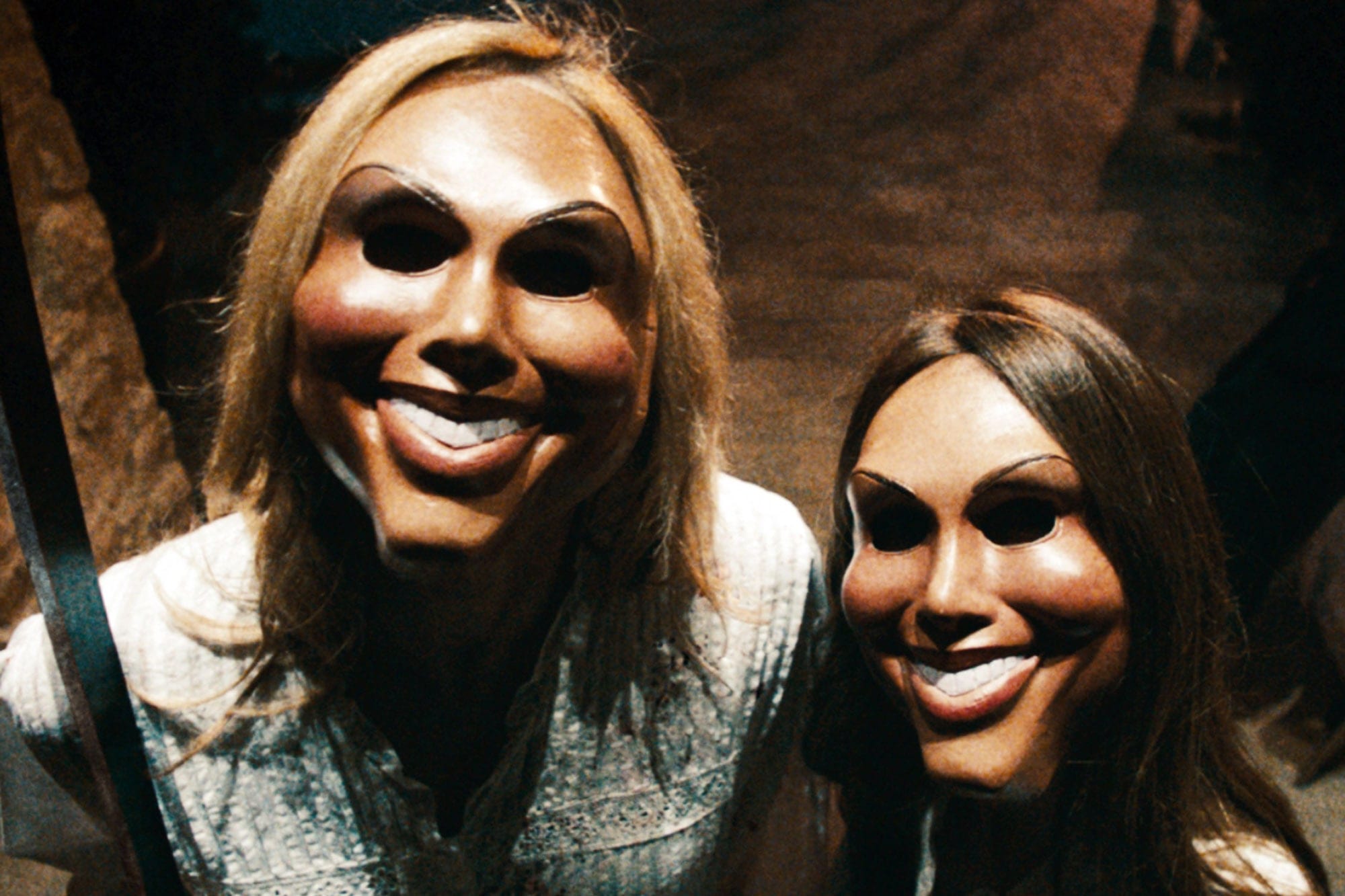At the start of the pandemic, if we had the guarantee of vaccines in a year, Hollywood would’ve been overjoyed. When production houses and cinemas saw statewide closure, very few people in the industry thought of a time when vaccines would usher in the new normal again. Instead, they got to negotiating plans like ‘The Safe Way Forward’, which dictates safe measures for the industry to continue functioning. While it enforced strict testing regimens, quarantine, and the use of personal protective equipment (PPE), it forgot to address an essential matter – what happens after vaccine distribution is at large?
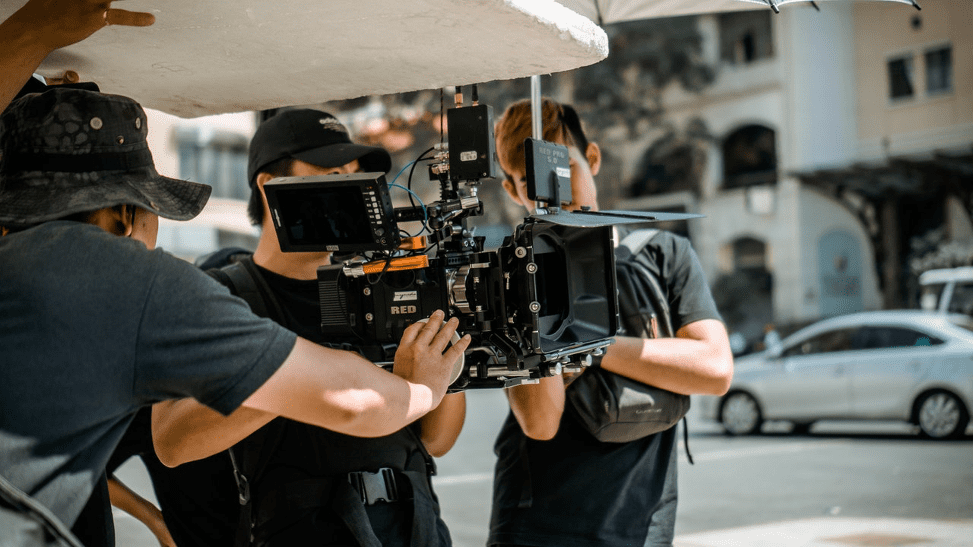
Pexels | Essential safety protocols cannot be looked over by production members under the action plan
The Safe Way Forward
By September last year, The Alliance of Motion Picture and Television Producers reached an agreement for Film & TV industry workers to return to work. The deal took months of negotiation, which none of its parties was looking forward to, but the ‘Safe Way Forward’ was created, enabling the creatives to resume their livelihood amidst a crumbling economy. Guiding principles include diligent use of personal protective equipment, a zone-based system, and strictly enforced safety protocols and testing regimens.
Highlights of the Action Plan
Here’s what the Safe Way Forward entails:
Quarantine Pay & Sick Pay Sick Leaves
- Employees required to quarantine by orders of the employer must receive quarantine pay. Certain exceptions may apply.
- All employers are permitted ten days of paid leaves for virus-related issues. This includes exhibiting symptoms, testing positive, being in contact with someone who tested positive, and self-quarantine or isolation.
- Employees granted sick leave can return to work once they have been cleared, provided their position still exists.
Mandatory, Comprehensive Testing Regimen
- To ensure clearance from the novel virus, all workers must be tested before the first day of work.
- Crew and cast members working on the ground must undergo regular testing during the course of their work.
- Only Lab-based PCR tests and rapid PCR tests are permitted because of their testing accuracy.
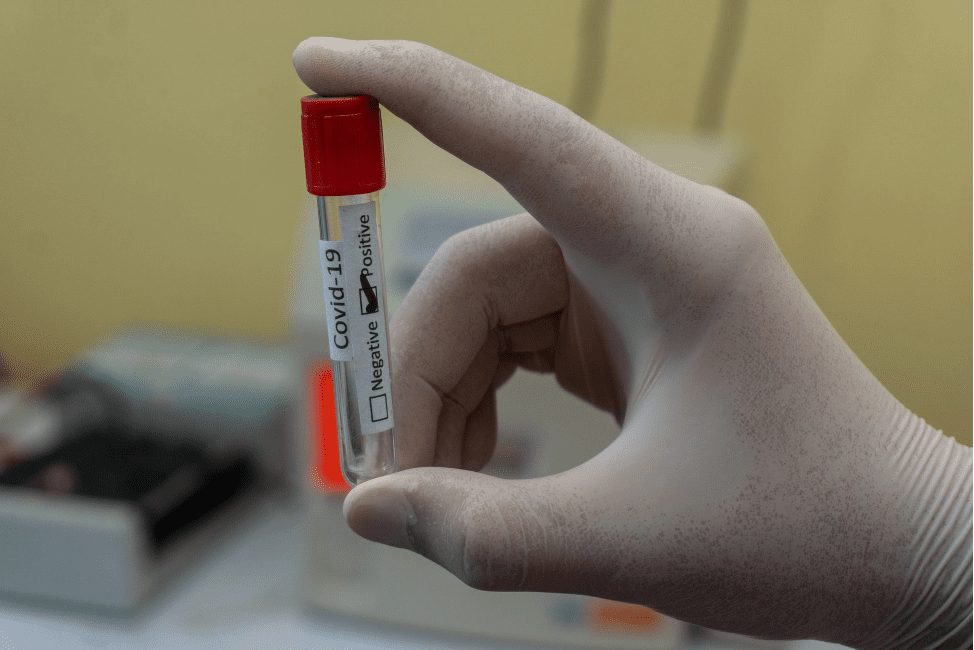
Unsplash | Antibody and antigen tests are not permitted
The Zone System & Testing Frequency
The Zone System classifies workers according to their ability to maintain physical distance while working. The first zone, Zone A consists of performers since physical distancing and using PPE isn’t possible while the cameras are rolling. They must be tested at least thrice a week. Those utilizing physical distancing and PPE at all times are classified in Zone B and must get tested once a week. Workers stationed in offices are classified in Zone C and must get tested once in two weeks. Lastly, remote workers must be tested once before the first day of work.
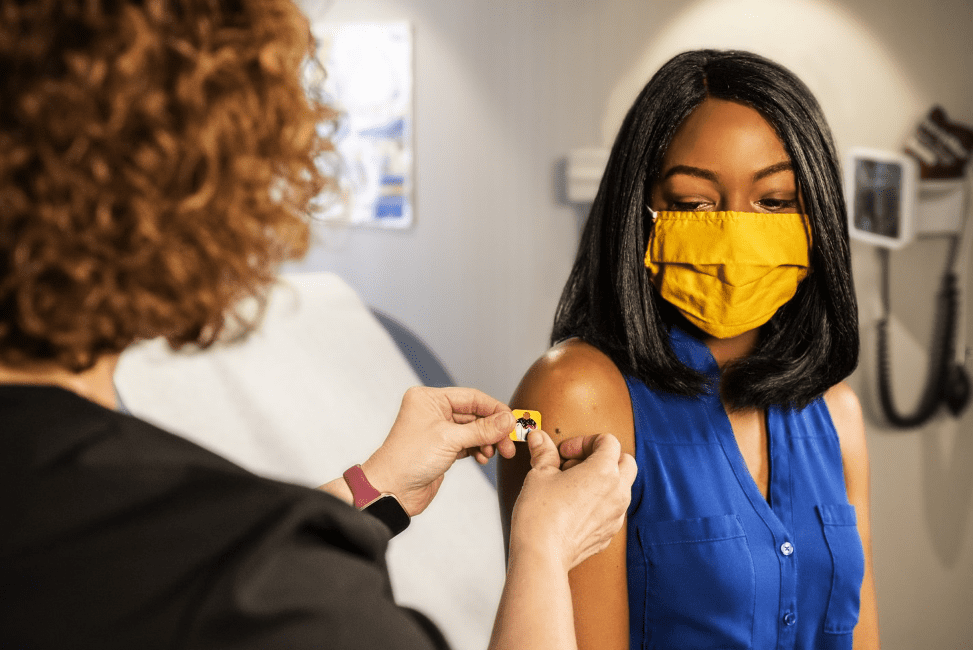
Pexels | With the renegotiated action plan about to reach its expiration date, industry leaders will have to navigate through a new challenge once again
Wrapping It Up
This return to work action plan has been extended till 30th June 2021, which means vaccination isn’t mandatory for anyone on set – at least not for another month. Since getting vaccinated is a free choice and no workers can be forced into it, it is uncertain what new sets of rules will govern Hollywood when vaccinated and unvaccinated workers will have to be accommodated under the same roof.


